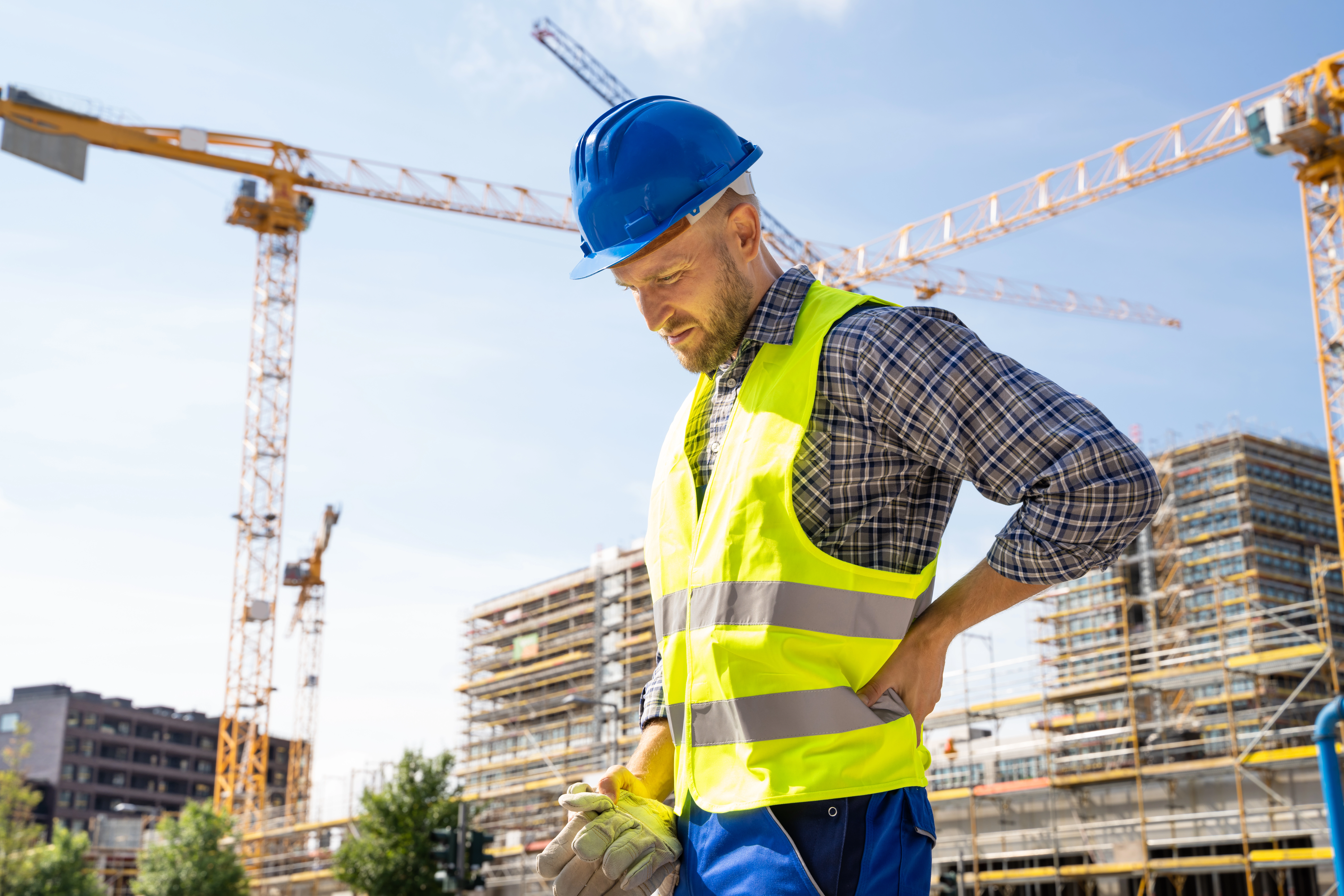Tips for Proper Cargo Securement

Our roads and highways are filled with construction vehicles transporting materials and equipment. And at times, we have all seen debris along roadways, which can be evidence of improper load securement and could lead to devastating consequences. An Atlanta news source reported that a driver lost a ladder from their vehicle, which killed one person and injured two others.
It is important to train employees on how to properly contain, immobilize, and secure materials and equipment. An improperly secured load could result in injury, death, cargo damage, loss of load, vehicle damage, citations/fines, or a vehicle being placed out of service.
The structural integrity of the vehicle or trailer is critical for load securement. All elements of the vehicle structure and anchor points must be in good working condition with no signs of obvious damage or distress and must be strong enough to withstand the following forces:
- Forward Force = 80% of cargo weight when braking while driving straight ahead.
- Rearward Force = 50% of cargo weight when accelerating, shifting gears while climbing a hill, or braking in reverse.
- Sideways Force = 50% of cargo weight when turning, changing lanes, or braking while turning.
- Upward Force = 20% of cargo weight when traveling over bumps in the road or cresting a hill.
Using the right securing device is essential for proper securement. Choose devices specifically manufactured to attach or secure cargo, including webbing, chains, ropes, steel strapping, clamps and latches, blocking, front-end structures, grab hooks, binders, shackles, winches, stake pockets, D-rings, webbing ratchets, bracing, and friction mats.
It is important to perform a pre-trip inspection. Make sure cargo is properly distributed and adequately secured (according to the Standard) and that all securement equipment and vehicle structures are in good working order and used consistent with their capability. Stow vehicle equipment and make sure nothing obscures front and side views or interferes with the ability to drive the vehicle or respond in an emergency. If packaging is inadequate, such as loose or unsymmetrical banding, broken or ineffective wrapping, or broken pallets, you should inform the carrier.
Periodic inspections of cargo and securing devices during transit are also recommended. Adjust cargo or load securement devices as necessary to ensure cargo cannot shift or fall from the commercial motor vehicle and add more securing devices if needed.
Source: A Guide to the North American Cargo Securement Standard.
An insurance company that cares about you and insuring the things you wish to be insured.
Get a Quote> Find an Agent>

